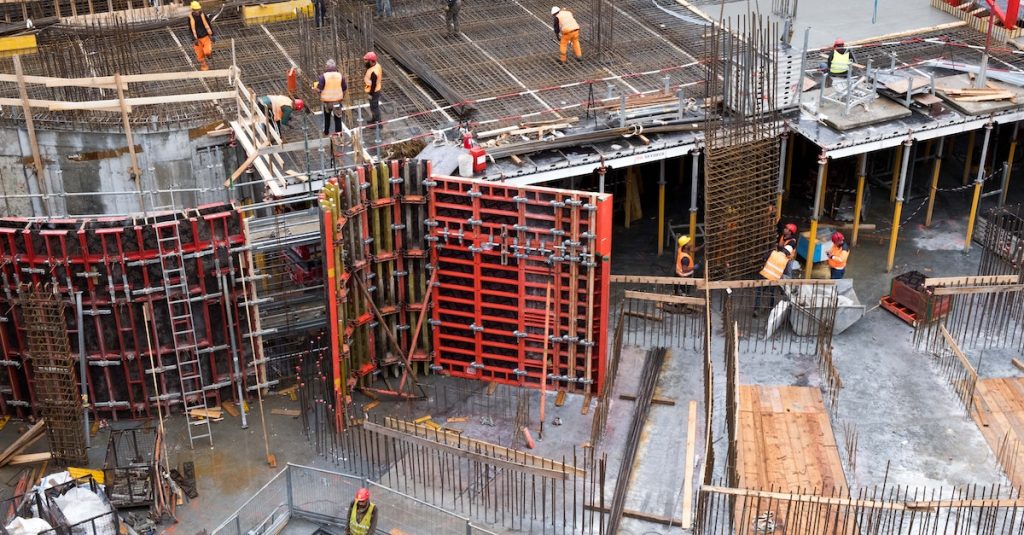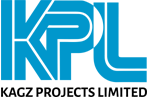TESTED AND PROVEN SAFETY STRATEGIES FOR YOUR CONSTRUCTION PROJECTS
The engineering industry typically involves activities that pose inherent risks to the well-being of those involved. Accidents seem to be a common occurrence in daily events, particularly for those who do not exercise caution. These accidents pose a threat to human lives and can also lead to project delays and increased costs.
Machines and equipment play a pivotal role in facilitating the seamless execution of projects in the engineering industry. However, human resources and manpower are equally crucial elements. Without them, productivity is bound to suffer. While machines can recover through maintenance and resume producing output, humans may endure permanent damage, which is detrimental to their well-being and that of the engineering industry at large. Hence, safety is of paramount importance.
So, if you’re currently managing a civil engineering project or overseeing a mechanical engineering design, it is crucial to be exceptionally intentional about ensuring the safety of yourself and your team.
Implementing comprehensive safety measures not only safeguards the individuals involved but also contributes to the overall success and efficiency of the project. In the fast-paced world of engineering, where precision and attention to detail are key, a safe working environment is the foundation for achieving optimal results. To mitigate the risks associated with the EPC industry, there’s a need to implement tested and proven safety strategies.
Here are some strategies we have tested and proven to be effective. You can incorporate them for optimum results:

1. Comprehensive Training Programs
Investing in comprehensive training programs for all construction site personnel is the foundation of a safe working environment. This includes regular safety briefings, skill-specific training, and emergency response drills. Well-trained workers are better equipped to identify and mitigate potential hazards.
2. Create a Comprehensive Safety Plan
Having understood the pivotal role of safety in the engineering and construction industry, it is necessary to identify and proactively address potential hazards and risks within your work area.
For us at Kagz, we diligently conduct a thorough assessment of the workplace, meticulously identifying potential hazards that could compromise safety. This is done at the start of a project because each construction site is unique. We develop site-specific safety plans that address the particular hazards of each project. This includes emergency evacuation procedures, first aid stations, and communication protocols. This approach ensures that identified hazards are not only managed effectively but also strategically avoided, aligning with our unwavering commitment to a safe working environment.
3. Personal Protective Equipment (PPE’s)
In addition to a safety tour, we also ensure that our Personal Protective Equipment (PPE) are available and functioning. The importance of PPE cannot be overstated. From hard hats and safety vests to gloves and steel-toed boots, providing and enforcing the use of appropriate PPE is a fundamental safety measure. A civil construction worker or mechanical engineering professional should consistently be fully equipped to mitigate safety issues that could pose significant risks to personnel well-being.
4. Carry Out Regular Equipment Inspections and Maintenance
Faulty equipment is a major contributor to construction accidents. Implement a schedule for equipment inspections and maintenance. This includes routine checks on machinery, scaffolding, and other tools. Promptly repair or replace any defective equipment. The execution of a mechanical design procedure necessitates the use of well-maintained machines to achieve optimal results and ensure heightened productivity.
5. Emphasis on Communication
Effective communication is key to preventing accidents. Encourage an open line of communication between workers, supervisors, and management. Establish clear channels for reporting hazards or unsafe practices. Promptly address concerns raised by workers.
6. Continuous Improvement Through Incident Analysis
In the unfortunate event of an accident, conduct a thorough analysis to understand the root causes. Use this information to improve safety protocols and prevent similar incidents in the future. A commitment to continuous improvement is essential for a safe construction environment.

In summary, safety stands not just as a requirement but as a moral obligation, safeguarding the enduring vitality of the construction industry. For your consultancy needs in engineering designs—be it mechanical or civil—do not hesitate to reach out to us. Our portfolio proudly boasts engineered designs that serve as a testament to our success in the construction industry. Over the years, our experience has been a guiding force, enabling us to navigate the realms of civil construction and mechanical engineering with an impeccable safety record. Zero incidents emphasize not just our expertise in the industry but also our unwavering commitment to prioritizing safety every step of the way. Your journey with us is not just about engineering excellence; it’s about ensuring a secure and prosperous future for every project we undertake.
